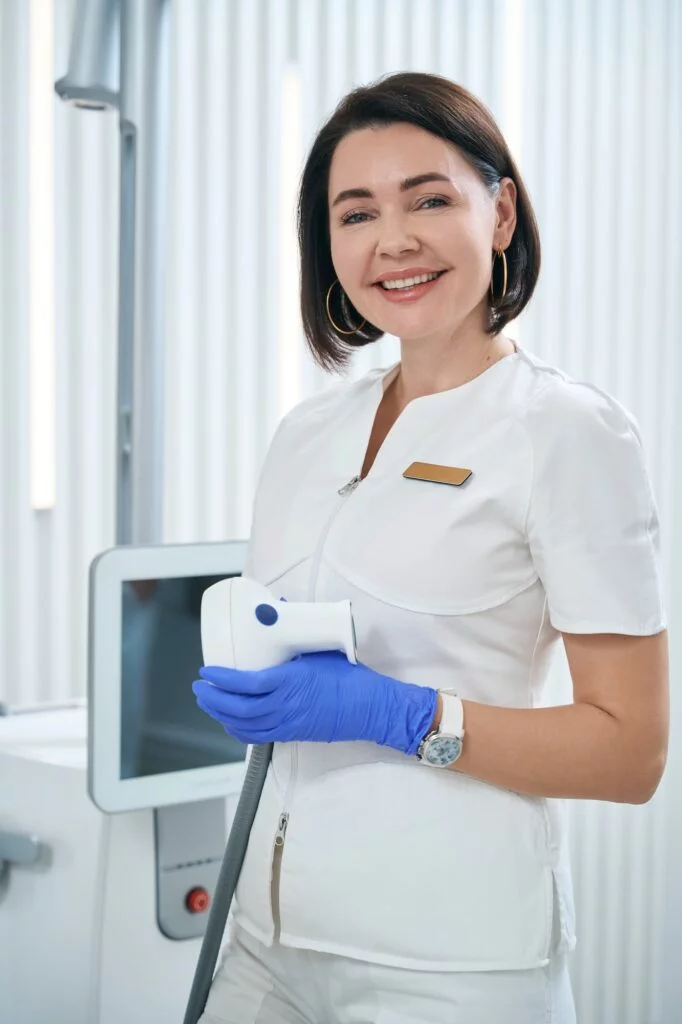At Genensis Healthcare Partners, it is our priority that our patients are fully abreast of any medical procedure they make potentially take part in. Therefore, our medical minds have put together a FAQ for all things related to ERCP. For those who may be scheduled for an ERCP in the near future, this guide will answer all of your questions and keep you calm and ready for the procedure to come!
What is an ERCP?
ERCP stands for Endoscopic retrograde cholangiopancreatography. An ERCP is a procedure used to diagnose diseases of the gallbladder, biliary system, pancreas, and liver. ERCP combines endoscopy and x-ray in order to identify bile ducts, administer a contrast agent, and view x-rays of digestive bile ducts.
How can I prepare for an ERCP?
Your health care provider usually provides written instructions about how to prepare for ERCP. To begin, the upper GI tract must be empty. Generally, no eating or drinking is allowed 8 hours before ERCP. Smoking and chewing gum are also prohibited during this time. Patients should tell their health care provider about all health conditions they have, especially heart and lung problems, diabetes, and allergies. Patients should also tell their health care provider about all medications they take. Patients may be asked to temporarily stop taking medications that affect blood clotting or interact with sedatives, which are usually given during ERCP to help patients relax and stay comfortable.
How is the ERCP performed?
To begin, patients receive a local anesthetic that is gargled or sprayed on the back of the throat. The anesthetic numbs the throat and calms the gag reflex. Then, an intravenous needle is inserted into a vein in the arm if sedatives will be given. Doctors and other medical staff monitor vital signs while patients are sedated. During ERCP, patients lie on their back or side on an x-ray table. The doctor inserts an endoscope down the esophagus, through the stomach, and into the duodenum. Video is transmitted from a small camera attached to the endoscope to a computer screen within the doctor’s view. Air is pumped through the endoscope to inflate the stomach and duodenum, making them easier for the doctor to examine. When the doctor locates the duodenal papilla, a blunt tube called a catheter is slid through the endoscope and guided through the papillary opening. Once the catheter is inside the papilla, the doctor injects a dye into the ducts. The dye, also called contrast medium, allows the ducts to be seen on x rays. X rays are then taken to see the ducts and to look for narrowed areas or blockages. Procedures to treat narrowed areas or blockages can be performed during ERCP. To see the ducts during treatment procedures, the doctor uses x-ray video, also called fluoroscopy. Special tools guided through the endoscope and into the ducts allow the doctor to open blocked ducts, break up or remove gallstones, remove tumors in the ducts, or insert stents. Stents are plastic or expandable metal tubes that are left in narrowed ducts to restore the flow of bile or pancreatic juice. A kind of biopsy called brush cytology allows the doctor to remove cells from inside the ducts using a brush that fits through the endoscope. The collected cells are later examined with a microscope for signs of infection or cancer. Occasionally, ERCP is done after gallbladder surgery, if a surgical bile leak is suspected, to find and stop the leak with a temporary stent.
How long does the procedure take?
The ERCP takes from 30 minutes to 2 hours. After the procedure, you may need to stay at the hospital for 1 to 2 hours until the sedative wears off.
What can I expect after the ERCP?
After the ERCP, patients are moved to a recovery room where they wait for about an hour for the sedatives to wear off. Patients may not remember conversations with health care staff, as the sedatives reduce memory of events during and after the procedure. During this time, patients may feel bloated or nauseous. Patients may also have a sore throat, which can last a day or two.Patients can go home after the sedatives wear off. Patients will likely feel tired and should plan to rest for the remainder of the day. Some ERCP results are available immediately after the procedure. Biopsy results are usually ready in a few days.
For information regarding the ERCP procedure or to speak to one of highly trained physicians; please follow the link–here!
Information obtained from:
The National Institute of Diabetes and Digestive and Kidney Diseases
http://www.niddk.nih.gov/health-information/health-topics/diagnostic-tests/ercp/Pages/diagnostic-test.aspx
http://www.gastro.net.au/tests-procedures/endoscopic-retrograde-cholangio-pancreatography.html



